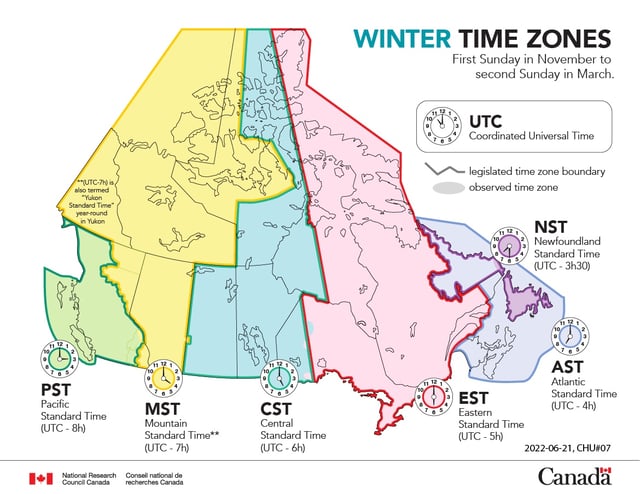Overview
- Clocks will move back one hour at 2:00 a.m. local time on Sunday, Nov. 2, ending Daylight Saving Time across most of the U.S. and Canada.
- Health experts warn the shift reduces sleep by roughly 40 minutes and is linked to short‑term increases in heart attacks, strokes and car crashes.
- Daylight saving began in parts of Australia on Sunday, Oct. 5, with NSW, Victoria, South Australia, Tasmania and the ACT moving clocks forward; Queensland, Western Australia and the Northern Territory do not participate.
- Several Canadian regions do not observe the change, including most of Saskatchewan, parts of Quebec and British Columbia, the entire Yukon and Nunavut’s Southampton Island.
- Efforts to eliminate biannual clock changes continue, with a reintroduced U.S. Sunshine Protection Act still pending and a Pennsylvania measure awaiting further action after state Senate approval.



